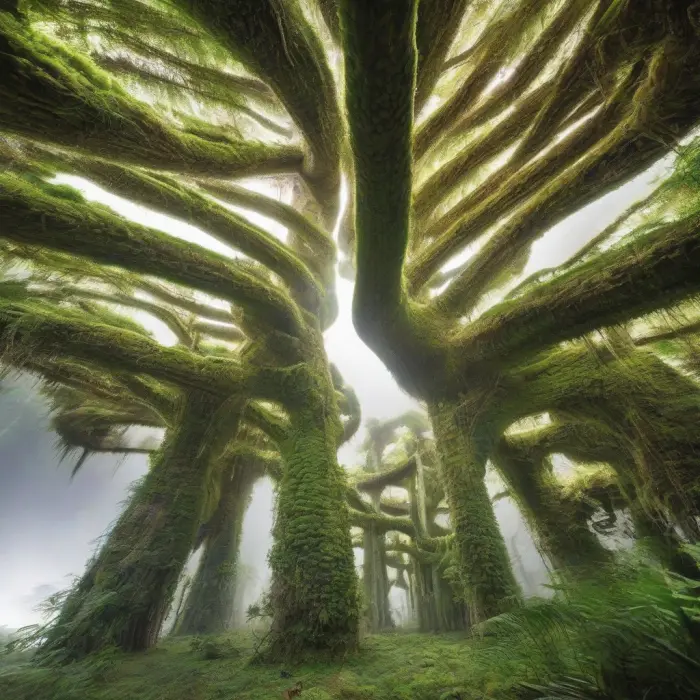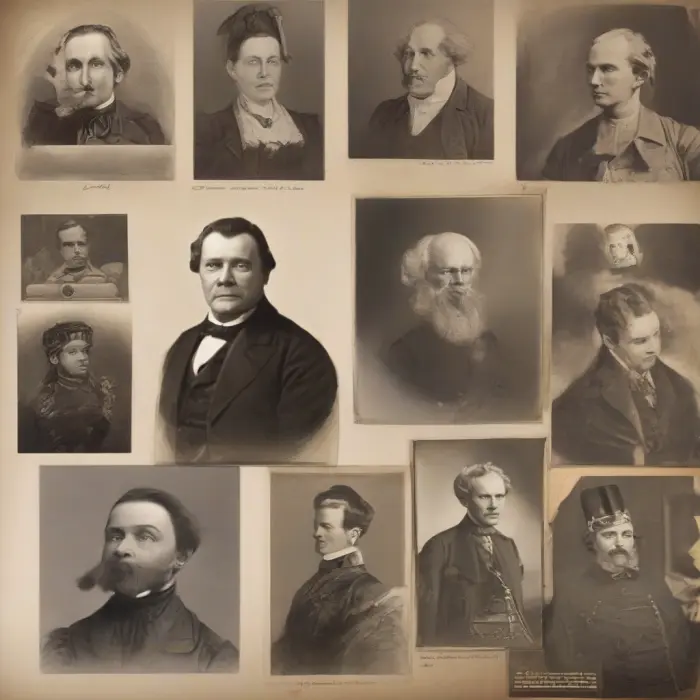Strange and Surprising Facts About the World of Exoplanets
Have you ever looked up at the night sky and wondered what lay beyond our own Milky Way galaxy? Amidst the billions of stars and galaxies that exist in the universe, scientists have been able to discover some fascinating truths about what lies outside our solar system. Here are some strange and surprising facts about one such exciting casting of the universe, the mysterious world of exoplanets.
What Are Exoplanets?
Exoplanets, also known as extrasolar planets, are planets that orbit around a star other than our sun. The existence of exoplanets wasn't confirmed until 1992. Since then, with advancements in astronomy and technology, we have been able to identify over 4,000 of them in our Milky Way galaxy.
Exoplanets Are Surprisingly Abundant
The vast number of exoplanets in the universe is a surprise to many. In fact, studies suggest that there could be at least one planet for every star in our galaxy. That would mean there could be potentially hundreds of billions of exoplanets in the Milky Way alone. This opens up a world of possibilities for extraterrestrial life to exist.
They Can Be Very Weird
Exoplanets can be extremely different from what we are used to seeing in our own solar system. Astronomers have discovered exoplanets, like J1407b, that have rings more extensive and more massive than Saturn's. There are exoplanets, such as HAT-P-7b, where it rains rubies and sapphires.
Hot Jupiters
Among the most bizarre types are a class of exoplanets known as Hot Jupiters. These are gas giant planets, similar in characteristics to our Jupiter, but they orbit very close to their host stars, often taking less than 10 days to complete a single orbit. This proximity results in extremely high surface temperatures.
Super-Earths and Mini-Neptunes
We have also found exoplanets that are described as Super-Earths and Mini-Neptunes. These planets are between 1.5 to 2.5 times the size of Earth, most likely consisting of solid rock, water, and gas. The density of some of these Super-Earths suggests that they could be composed largely of diamonds!
First Exoplanet in a Habitable Zone
The discovery of Kepler-22b in 2011 was groundbreaking as it was the first confirmed exoplanet in a habitable zone - also known as the Goldilocks zone - where liquid water could exist on its surface. This discovery has led to the potential for finding other life-sustaining planets in the future.
These strange and surprising facts about exoplanets are just the tip of the iceberg when it comes to understanding our cosmos. The study of exoplanets is advancing rapidly, and who knows what other mysterious and captivating truths are awaiting as we continue to explore the infinite universe.










